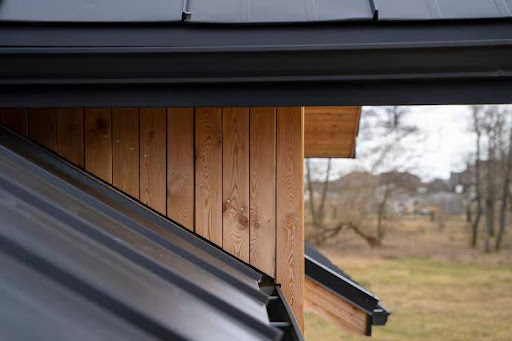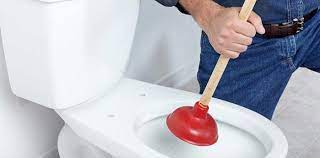Coastal towns face unique problems, especially when it comes to keeping infrastructure in good shape and getting used to climate change. Seawalls are the main defense against erosion and flooding, and rain gutters are very important for controlling the flow of rainwater.
Surprisingly, the idea that inspecting seawalls and rain gutter installation together could make coastal areas more resilient is usually not considered.
Seawalls
The goal of seawall inspection is to find out how well and how in good shape the walls that protect coastal properties from the damaging effects of waves and tides are working. Despite this, these buildings can still fall apart and get damaged. It is important to do regular inspections to find possible risks like cracks, corrosion, or structural issues. Seawall inspection allows for preventative maintenance and repairs, which protects coastal assets and stops catastrophic breakdowns. Using high-tech checking methods like drone surveys and sonar imaging also lets a full check of the seawall’s structural soundness happen. This makes it possible for exact interventions and maintenance methods that save money.
How to Get the Most Out of Installing Rain Gutters:
While seawalls protect against dangers in the ocean, rain gutters are very important for controlling the risks that come with too much rain in inland places. When gutters are made correctly, they keep rainwater away from buildings. This keeps the foundation from being damaged and prevents basement flooding and soil erosion.
By sending runoff to permeable surfaces or retention systems, rain gutter systems also help to recharge aquifers and ease the load on public drainage systems. Regardless, rain gutters only work well if they are carefully planned, installed, and maintained so they work their best in bad weather.
How Inspection of the Seawall and Installation of Rain Gutters Work Together:
Seawall inspection and installing rain gutters work together because they both want to lower the risks that come with water. By looking at coastal resilience as a whole, communities can make their defenses stronger against both sea and land dangers. This is because the two parts work together in beneficial ways. Seawall checks can give us information that we can use to improve the design and placement of rain gutter systems, making them more effective at moving water away from places that could flood. In the same way, the information received during the maintenance of rain gutters can help improve the management of seawalls, creating a cycle of continuous improvement through feedback.
Conclusion
Because climate problems are getting worse, inspecting seawalls and installing rain gutters at the same time is a good way to make coastal areas more resilient. By knowing how these parts work together and how they can help each other, communities can improve their ability to adapt and lessen the effects of coastal hazards. To keep coastal communities safe in a world where climate change is becoming more unpredictable, it is important to be proactive about managing infrastructure, making smart choices, and working together with everyone involved.



